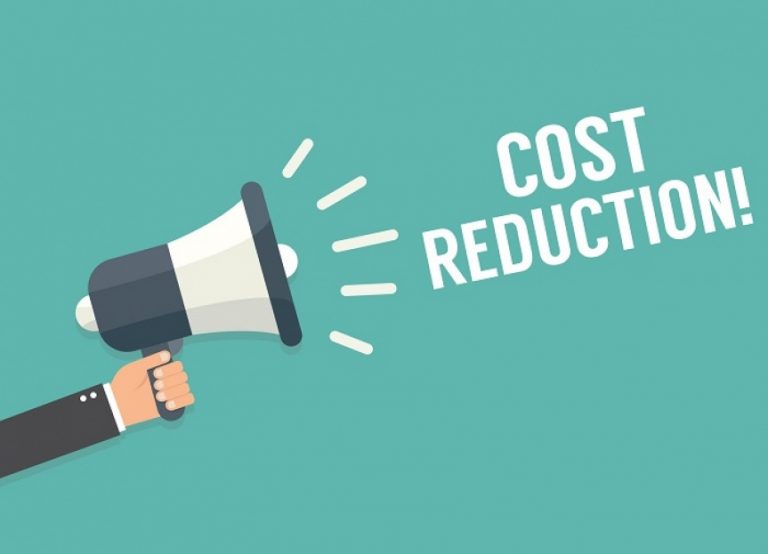How is Procurement Trending in 2018?
AgileBuyer carried out its annual survey into trends and top priorities for procurement departments. The 2018 survey, entitled “Buyer-Supplier relations in a new light,” has new insights into measuring procurement performance and the difficulty in finding the necessary talents. Lets’ delve into the detail…
Cost control: a waning priority
Reducing costs is still the number one priority for buyers in 2018. Given the increasingly competitive environment and the globalised marketplace, the onus is on buyers to rein in their company’s costs.
However, this objective has fallen to its lowest level in six years. Whereas 82% of respondents claimed that cost control was their top priority in 2017, this figure fell by 10 percentage points in 2018 (72%)! This can be explained by the fact that buyers are giving greater focus to other strategic objectives, such as developing partnerships with suppliers.
Olivier Joseph, Senior Procurement Engagement Manager at Microsoft, confirms the trend: “Although cost control is still the main priority at Microsoft, it is now one of seven top metrics that are all equally important.”
There is an interesting difference between the public and private sectors in response to this question: 74% vs 58%!
How can you drive down costs?
Buyers will use a number of strategies this year to reduce their procurement costs. In descending order of importance:
 58%: negotiation
58%: negotiation
50%: sharing/globalisation
47%: adjustment to specifications
39%: TCO (Total Cost of Ownership)
38%: value analysis
27%: volume commitments
26%: change of supplier
20%: make or buy
16%: integration of suppliers
10%: offshoring
The sharpest increases compared to the previous year’s results include an adjustment to specifications (+15 points), TCO (+12 points) and continual improvement plans (+11 points).
How do you measure procurement performance?
56% of respondents believe that the amount of money saved is the key performance indicator, which proves that reducing costs is still the number one priority. This especially applies to CPOs, since more of them agree on this issue (+12 percentage points).
In addition, the criterion of saving money varies according to the sector. For example, the transport and logistics industries (75%) as well as healthcare and social welfare (68%) in particular seem to be under pressure to drive down costs.
Other performance indicators are as follows:
- 12%: contribution to revenue
- 9%: responsiveness
- 8%: cash
- 8%: contractual risks
- 4%: innovation
- 2%: CSR (corporate social responsibility)
- 1%: reputational risks
The final word goes to Marc Sauvage, President of the National Procurement Council:
“A few decades ago, procurement departments played an almost exclusively administrative role, but they have since become instrumental in creating value in the company. We are standing on the threshold of a new era, which will lead to radical changes. As is often the case, the ability to sense future trends is key to achieving success: that is what this survey allows us to do.”
Survey methodology
The survey was conducted by means of an online questionnaire for nearly two weeks (22/11/2017 – 4/12/2017). Some 628 procurement professionals (CPOs, managers, coordinators and buyers) from every sector answered the entire questionnaire. Their replies were examined by a scientific committee featuring procurement experts.

